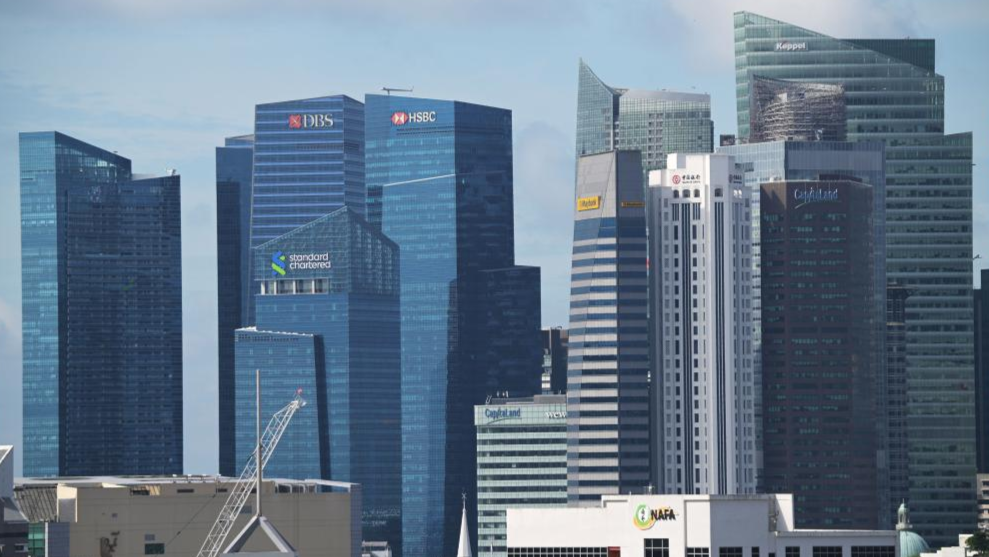
MANILA – The full implementation of US tariffs could cut developing Asia's growth by about a third of a percentage point this year and nearly a full percentage point in 2026, the Asian Development Bank said on Wednesday.
In its Asian Development Outlook report, the ADB projected that growth in developing Asia will ease slightly to 4.9 percent in 2025 — the slowest pace since 2022 — and slow further to 4.7 percent in 2026, from 5.0 percent in 2024.
The forecasts were finalized before the US unveiled sweeping new import tariffs last week, the ADB said at a press conference for the report's release.
READ MORE: Singapore to tackle impact of US tariffs on businesses, workers
"The elephant in the room is clearly whether the US tariffs will be fully implemented, which would lead to lower growth in our baseline forecast," ADB chief economist Albert Park said.
Developing Asia, as defined by the ADB, is made up of 46 Asia-Pacific countries stretching from Georgia to Samoa – and excludes countries such as Japan, Australia and New Zealand.
Park said the eventual effects of the US tariffs remain uncertain, as their scope and timing could change due to negotiations, delays, or exemptions being granted.
"On the flip side, stronger retaliation and further escalation could result in bigger impacts," he said.
ALSO READ: Indonesia announces trade concessions for US ahead of talks
"Additionally, the size and speed of policy changes under the new US administration could reduce investment globally and in the region, while rising trade tensions and fragmentation would boost trade costs and disrupt global supply chains."
Southeast Asia, which benefited from trade diversion during the 2018 US-China trade war, is expected to lose some steam with growth in the subregion seen at 4.7 percent this year and next, down slightly from 4.8 percent in 2024.
A bright spot is South Asia, the ADB said, where strong domestic demand is projected to drive growth of 6.0 percent in 2025 and 6.2 percent in 2026, up from last year's 5.8 percent.
Sustained global demand for semiconductors should help underpin growth in developing Asia.
READ MORE: S. Korea trade minister says considering measures to boost US imports
Regional inflation is forecast to ease to 2.3 percent this year and 2.2 percent next year, from 2.6 percent in 2024, due to falling prices of global oil and other commodities.
This should allow central banks to continue monetary easing, the ADB said, although at a slower pace given expectations the US Federal Reserve would keep rates elevated for longer.


